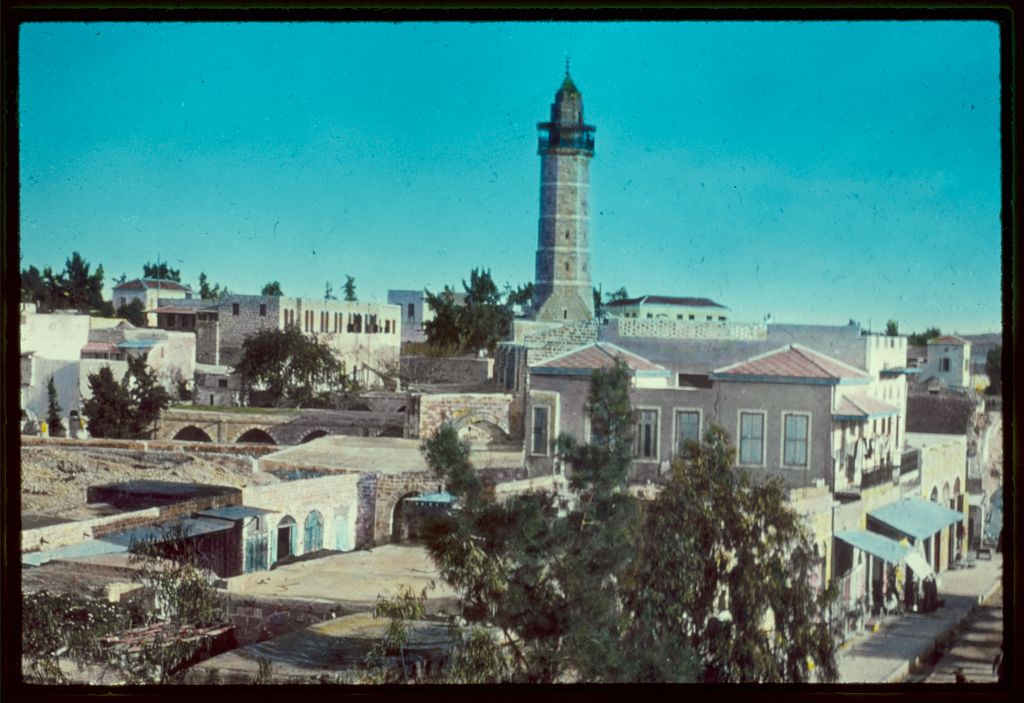I think it’s almost inevitable as one gets older that you start wondering about all the stuff that’s been accumulating around the house over the years. I recently had a thinning out of my huge collection of photographs, some...
I think it’s almost inevitable as one gets older that you start wondering about all the stuff that’s been accumulating around the house over the years. I recently had a thinning out of my huge collection of photographs, some of which are just sheets of purple and brown coloured paper.
I thought I’d preserve a couple of interesting examples here.
Avro Lancaster B.VII NX611 ‘Just Jane’ – East Kirkby, 2001 Avro Lancaster NX611 “Just Jane” is directed back to her space following a full-scale run-up of her engines and a taxi around the former RAF East Kirkby, Summer 2001. Photo by Robert Smith, Own Work
Avro Lancaster NX611 “Just Jane” is directed back to her space following a full-scale run-up of her engines and a taxi around the former RAF East Kirkby, Summer 2001. Photo by Robert Smith, Own Work
Looking back, it shows what a complete nerd I was, driving across the width of the United Kingdom from Liverpool to East Kirkby (near Skegness) to see NX611 perform one of her regular engine and taxi runs. I must have read about it in Flypast and thought “I must go and see her one more time” since I knew that I would be moving to the USA in the next year. I made it to Lincolnshire in time to see her start engines and complete a successful taxi. The noise from the four Merlins when they were run up to full power was absolutely wondrous.
I like this picture because we all sometimes forget just how big these aircraft are. I thought something similar standing under R5868 at the RAF Museum (I haven’t found that photograph yet!). Someone on one of the myriad Lancaster books commenting that so many of the young pilots were not licensed to drive a car, and here they were piloting these enormous machines to war with six or more comrades.
I first saw NX611 on display as a small boy at RAF Biggin Hill in the mid sixties when she returned to the UK from Australia. I distinctly remember being guided down a ladder from the nose end of the aircraft, so I assume I must have taken the tour with my father starting at the crew entry door aft and then negotiating the main spar on the journey forward. In 2001 there were a number of people taking rides in NX611 as she taxied out (even the tail turret was occupied) so it was nice to see how far she’d come in 35 years.
2. Panavia Tornado ECR 46+44, Jagdbomber Geschwader 32/1. RAF Cottesmore, 2001
 Panavia Tornado ECR 46+44 of 321 (Tiger) Squadron, Fighter-Bomber Wing 32 of the Luftwaffe. Seen at the Royal International Air Tattoo (RIAT) at RAF Cottesmore in the summer of 2001. Photo by Robert Smith.
Panavia Tornado ECR 46+44 of 321 (Tiger) Squadron, Fighter-Bomber Wing 32 of the Luftwaffe. Seen at the Royal International Air Tattoo (RIAT) at RAF Cottesmore in the summer of 2001. Photo by Robert Smith.
We get used to seeing models of Tornadoes in fancy display color schemes and tend to forget that there were real aircraft out there that attended displays looking like this. 321 Squadron (or properly Jagdbomber Geschwader 32/1) was a unit which started life at Lechfeld in 1958 as part of the reformed Luftwaffe, flying the F-84 and F-104 before converting to the Panavia Tornado IDS (Interdictor / Strike, similar to the Tornado GR.1 in the UK) which was then followed by the ECR (Electronic Combat and Reconnaissance) variant.
By the time I’d seen this machine, German Tornadoes had carried out the Luftwaffe’s first combat missions since World War II while flying for NATO over Kosovo in operation ALLIED FORCE. Jagdbomber Geschwader 32/1 was disbanded in 2012. Its tiger badges and heraldry were transferred to JG74.











